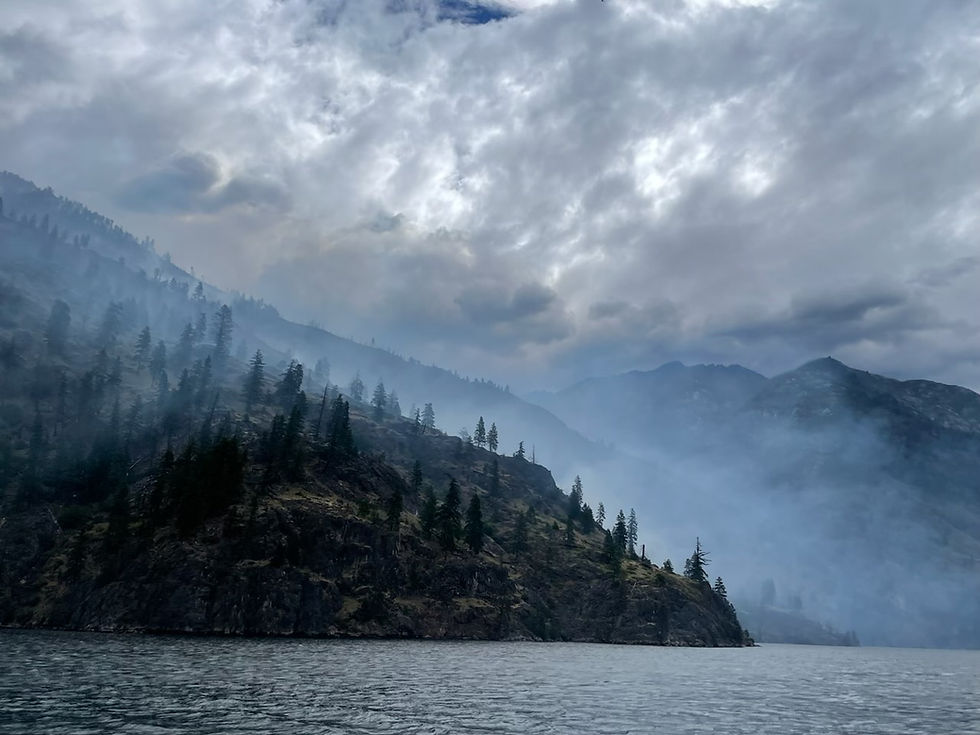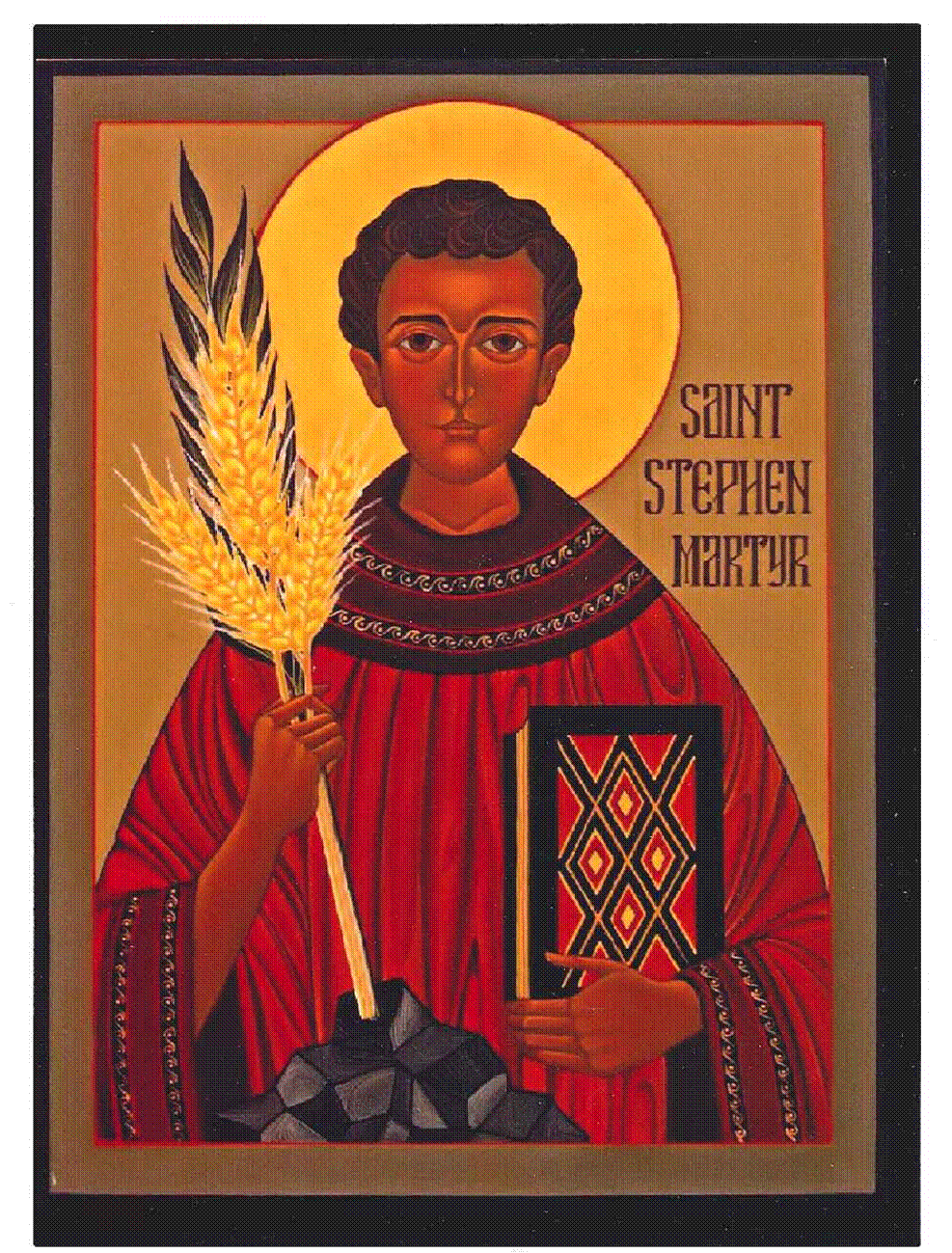Wildfire
- The Rev. Susan Loney
- Jun 26, 2024
- 2 min read

Kevin and I spent most of last week at Holden Village, the Lutheran retreat center in the North Cascade Mountains of Washington State. From 1938 – 1958 the site was home to one of the largest copper mines in the US, explaining its very remote location. In the early 1960’s the property was gifted to a Lutheran non-profit in Seattle and has since welcomed thousands of visitors, most of whom come in the summer. Our days were filled with communal meals, gentle hiking, talks from experts in a variety of fields, “glocal” music, evening worship, and conversations with people from across the country.
From Delaware, you have to really want to get to Holden Village. We flew from Philadelphia to Seattle, then to a tiny airport in Wenatchee, WA where a friend met us to drive an hour or so to the southern shore of Lake Chelan. From there we took a 2-hour ferry ride to Lucerne, WA where we hopped aboard an old school bus for the final 12-mile trip up the mountain on steeply switch-backed roads. Especially from the ferry, the scenery was spectacular: rocky hills giving way to snow-capped mountains, with splotches of conifer woodlands. But also, amid breathtaking beauty, we saw smoke plumes and open flames from the beginning of this year’s wildfire season. The Pioneer Creek fire is burning on the north shore of Lake Chelan, far from Holden Village but a reminder that fire is part of the natural cycle of life in these mountains
.
In 2015, the massive Wolverine Fire came nearly to the doors of Holden Village. On the bus ride from the ferry dock and in the village, we saw shocking evidence of that fire’s destruction at close range: in every direction, huge swaths of burned-out forest and the charred remains of tens of thousands of trees. But nearly 10 years on, we could also see the forest coming back with the intense green of new growth and the colorful blooms of wildflowers who thrive best in post-fire open terrain.
Wildfire can present extreme risk to everything in its path. As I write now, evacuation zones for the Pioneer Creek fire are expanding. On our return trip back down the lake, we saw “hot shots” in full fire-fighting gear as well as forest service helicopters surveying and dropping water to contain the burn zone. Simultaneous signs of hope and danger. In all of this are the deep truths that natural forces of life and death are often beyond our control, but God remains present, in even the fiercest seasons, with seeds of new life waiting to germinate. Resurrection follows death. Always.
We pray, with concern, for fire-fighters and first responders in every community and for all creatures in harm’s way as we pray, with thanksgiving, for signs of new life wherever they arise.
Pastor Sue



































Comments